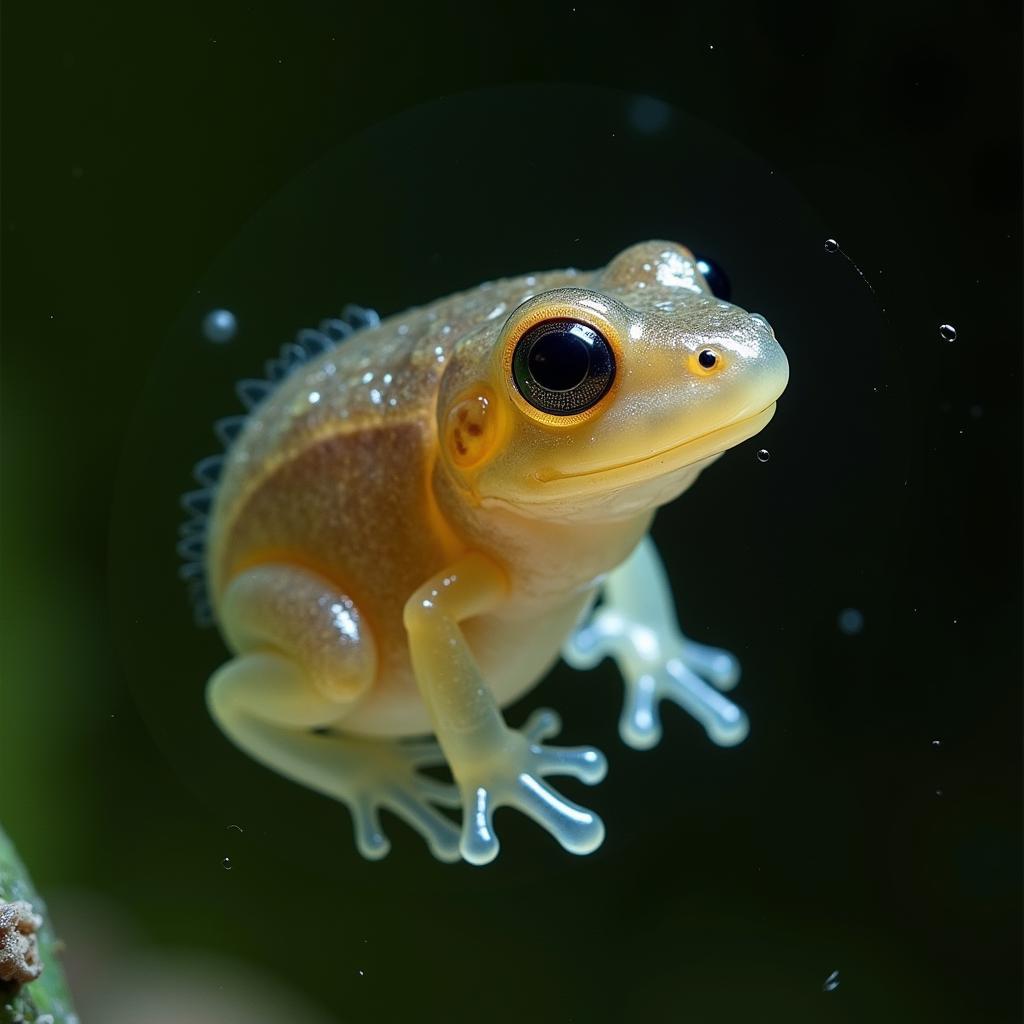African Forest Elephant Baby: A Glimpse into the Heart of the Jungle
African forest elephant babies are a sight to behold. These miniature giants, born after a nearly two-year gestation period, enter the world weighing a whopping 200 pounds! With their wrinkled skin, oversized ears, and playful antics, they are the epitome of cuteness in the animal kingdom. The arrival of a new calf is a joyous occasion for the entire elephant family, signifying hope and the continuation of their ancient lineage.
Unveiling the Mysteries: African Forest Elephant vs. African Savanna Elephant
While they might appear similar at first glance, African forest elephants are distinct from their savanna counterparts. These gentle giants, smaller in stature and with straighter tusks, are incredibly adapted to their dense rainforest home in the Congo Basin. Their smaller size allows them to navigate through the dense undergrowth, while their straight tusks are perfect for foraging for food among the trees.
The Crucial Role of a Matriarch: Raising a Forest Elephant Baby
African forest elephant babies are raised in a matriarchal society, with the oldest and wisest female leading the herd. This experienced matriarch guides the family group, sharing her vast knowledge of the forest and its secrets with the younger generations. The bond between a calf and its mother is particularly strong, lasting for several years.
The matriarch plays a vital role in teaching the calves essential survival skills, such as:
- Finding food and water: Recognizing edible plants and locating water sources within the vast rainforest is crucial.
- Navigating the forest: The matriarch’s memory of the forest’s paths and landmarks is essential for the herd’s movement.
- Avoiding danger: Identifying predators and understanding potential threats is critical for the calves’ safety.
Endangered Giants: Threats to African Forest Elephants
Sadly, these magnificent creatures face an uncertain future. Habitat loss due to deforestation and human encroachment poses a significant threat. Poaching for their ivory tusks remains a persistent danger, pushing these gentle giants closer to the brink.
“The survival of African forest elephants is intricately linked to the health of the rainforest,” explains Dr. Abena Osei, a leading conservationist studying African forest elephant populations. “Protecting their habitat is not just about saving elephants; it’s about preserving the ecological integrity of one of the world’s most important ecosystems.”
Conservation Efforts: Securing a Future for African Forest Elephants
Numerous organizations and researchers are working tirelessly to protect these endangered giants. Anti-poaching patrols, habitat restoration projects, and community-based conservation initiatives are crucial in this fight for survival. Raising awareness about the plight of African forest elephants and the importance of preserving their rainforest home is paramount.
Witnessing the Wonder: Responsible Tourism
For those seeking an unforgettable wildlife encounter, seeing an African Forest Elephant Baby in the wild is an awe-inspiring experience. Choose ethical tour operators committed to responsible tourism practices that minimize disturbance to elephants and their habitat.
In conclusion, African forest elephant babies are a testament to the wonders of the natural world. Their presence enriches the rainforest ecosystem and reminds us of the importance of conservation. By supporting efforts to protect these gentle giants and their habitat, we can ensure that future generations have the opportunity to witness the magic of these miniature giants in the heart of the African jungle.
